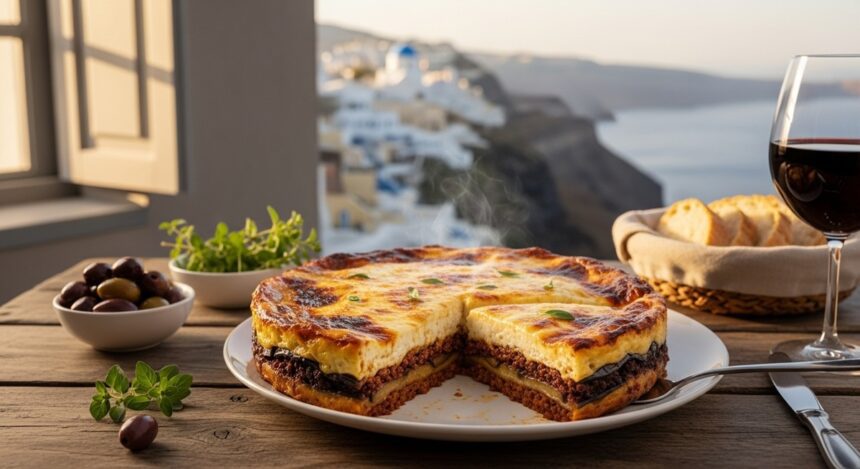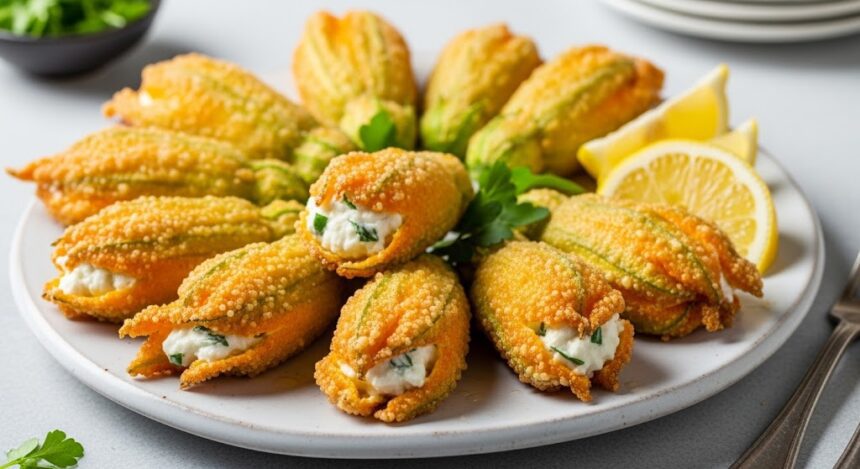You’re wandering through a misty forest in northern Greece, the air thick with the scent of pine and damp earth. Suddenly, under a canopy of ancient oaks, you spot them, clusters of golden chanterelles peeking out from the leaf litter, like buried treasures waiting to be unearthed. This is a portal to a world where mythology meets gastronomy, where the gods of old mingle with the flavors on your plate. Greece, renowned for its azure seas and crumbling ruins, harbors a secret kingdom beneath its soil: the fascinating realm of Greek mushrooms.
With over 2,400 species thriving in its diverse landscapes, only about 150 are edible, but those few pack an incredible punch in taste and cultural significance. For food lovers, adventurers, and history buffs alike, exploring edible fungi in Greece offers a unique way to connect with the land’s ancient roots while savoring authentic, seasonal delights.
The Mythical Roots of Mushrooms in Greek Lore
Ancient Greeks didn’t just see mushrooms as food—they viewed them as divine gifts, intertwined with the whims of gods and the cycles of nature. In a land where thunder roared from Mount Olympus and mysteries unfolded in sacred rites, fungi held a mystical allure. Called “gifts of Zeus” in popular literature of the time, these earthy wonders were associated with the god of thunder, perhaps because they often sprouted after storms, as if summoned by lightning itself. Their sudden appearance from the dark soil mirrored the dramatic interventions of the deities, making them symbols of transformation and rebirth.
Dionysus and the Ecstatic Fungi
No god embodies the wild spirit of mushrooms quite like Dionysus, the patron of wine, revelry, and untamed wilderness. His followers, the Maenads, danced in frenzied ecstasy through forests, communing with nature in ways that blurred the line between mortal and divine. While wine was the star of these rituals, ancient texts hint at the role of potent fungi, possibly psychedelic varieties, in achieving altered states of consciousness. The Eleusinian Mysteries, secretive ceremonies honoring Demeter and Persephone, involved a sacred drink called kykeon, which some scholars believe may have included hallucinogenic mushrooms to induce visions of the afterlife. Imagine the thrill: partaking in a feast that echoes Dionysus’s own banquets, where wild mushrooms weren’t just sustenance but keys to unlocking deeper realms of experience.

Even today, this connection lingers. In rural Greece, foragers speak of mushrooms with a reverence that harks back to these myths, seeing them as bridges between the earthly and the ethereal. It’s no wonder that festivals celebrating fungi often invoke Dionysian themes, blending folklore with feasting.
Persephone’s Earthly Gifts and the Underworld Connection
Delving deeper, mushrooms are linked to the chthonic forces of the Underworld through Persephone, the goddess who spends half the year in Hades’ realm before returning to bring spring’s bounty. Her ascent symbolizes renewal, and fungi—emerging mysteriously after rain—embody this cycle of death and rebirth. In folklore, they’re seen as partners with thunderstorms, sprouting where lightning strikes, much like Persephone’s influence revives the barren earth.
This mythical lens adds layers to every bite. Eating a foraged mushroom feels like tasting the essence of Greece’s ancient narratives, a communion with the gods that transforms a simple meal into something profound.
The Diverse World of Edible Mushrooms in Greece

Greece’s varied terrain, from alpine meadows to Mediterranean coastlines—nurtures a stunning array of edible mushrooms. Out of thousands of species, standouts include the meaty porcini (Boletus edulis), prized for its nutty flavor and found in summer and autumn forests. Then there are the vibrant chanterelles (Kantharounes), with their fruity apricot scent, and the elusive morels (Morilia), which appear in spring and offer a smoky, earthy taste.
Don’t overlook the versatile oyster mushrooms (Pleurotus), which grow on tree trunks and are a staple in Greek kitchens for their tender texture. In pine woods, you might stumble upon Suillus collinitus, a winter delight considered edible by many experts. Portobellos and field mushrooms round out the list, providing robust options for grilling or stewing. These fungi aren’t just delicious; they’re nutrient powerhouses, packed with vitamins, antioxidants, and fiber, making them a healthy addition to any diet.
What makes Greek mushrooms unique is their terroir—the way the soil, climate, and even mythology infuse them with distinct flavors. For instance, porcini from the north taste richer due to the cooler, moist conditions, while Cretan varieties carry hints of the island’s herbal landscapes.
Prime Foraging Destinations Across Greece

If you’re itching to embark on a mushroom hunting adventure, Greece offers hotspots that blend natural beauty with bountiful harvests. Autumn, after the first rains, is prime time, when the forests come alive with fungi.
- Grevena, the Mushroom Capital: Nestled in western Macedonia, this town boasts nearly all edible mushroom species, thanks to its beech and oak forests. It’s home to the annual Mushroom Festival, where you can learn from experts and taste local specialties.
- Metsovo and Epirus: In the Pindus Mountains, dense beech woods yield porcini, chanterelles, and even truffles. Join a guided tour for safe foraging amid stunning vistas.
- Peloponnese Mountains: Arcadia and Mount Taygetos are legendary for their trails, where boletes and oyster mushrooms abound. The region’s mythical aura adds an extra layer of excitement.
- Crete’s Rugged Interiors: Surprisingly rich in fungi, the island’s ravines hide unique species adapted to its dry climate.
- Elatia Forest and Achaia: For a virgin woodland experience, head to Elatia in central Greece or Achaia’s mountains, where autumn rains spark a mushroom explosion.
Other gems include Kastoria, Tsagarada in Pelion, and the forests around Kalambaka near Meteora. Always check local regulations and weather, mushroom foraging in Greece is as much about the journey as the find.
Savoring the Harvest: Traditional Greek Mushroom Recipe

Greek cuisine celebrates simplicity, letting the natural flavors of mushrooms shine. Here, they’re often the hero, enhanced with olive oil, herbs, and lemon.
- Grilled Pleurotus with Garlic and Herbs: Rinse oyster mushrooms, grill with olive oil, garlic, oregano, salt, pepper, and parsley. Serve hot for a smoky, meaty treat.
- Mushrooms a la Grecque: A cold starter with button mushrooms simmered in wine, olive oil, tomato paste, onions, and spices. Perfect as an appetizer or side.
- Garlic Sautéed Mushrooms with Lemon: Sauté sliced mushrooms in olive oil with garlic, then finish with lemon juice for a zesty kick. Great as a meze or salad topper.
- Greek-Style Oven Roasted Mushrooms: Toss mushrooms with olive oil, lemon, red peppers, herbs, and feta, then roast for a flavorful dish.
- Mushroom Stew or Risotto: In mountain regions, hearty stews with porcini and onions, or creamy risottos, provide comforting depth.
These recipes highlight Greece’s farm-to-table ethos, turning foraged finds into memorable meals.
Foraging Safely: Essential Tips for Mushroom Hunters
Mushroom foraging is thrilling, but safety is paramount—many species are toxic. Never eat anything without 100% identification; join guided tours with local mycologists. Use breathable baskets to prevent spoilage, avoid contaminated areas, and cook thoroughly—don’t eat raw. Start small: try one cup cooked, and consult experts if unsure. In Greece, clubs and festivals offer education, ensuring your adventure remains joyful.
The Ecological Importance of Mushrooms in Greece
Mushrooms play a vital role in Greece’s ecosystems. As decomposers, they break down organic matter, enriching soil and aiding nutrient cycles. Many form symbiotic relationships with trees, enhancing forest health in places like Grevena. Islands like Lesvos showcase macrofungi diversity, contributing to biodiversity. Sustainable foraging preserves these unsung heroes, who also hold medicinal potential, echoing ancient remedies.
Mushrooms in Modern Greek Culture
Today, mushrooms thrive in festivals like Grevena’s, where hunting, cooking demos, and cultural talks draw crowds. Ecotourism blends foraging with hikes, fostering appreciation for nature. Medicinal uses are reviving, with studies on their health benefits. It’s a renaissance, connecting past and present.
In the end, delving into Greek mushrooms is a profound link to the land’s soul. From Dionysus’s ecstatic realms to a steaming bowl of stew, these fungi invite you to taste history, adventure, and authenticity. So, lace up your boots, grab a basket, and discover the magic waiting in Greece’s shadows.




















